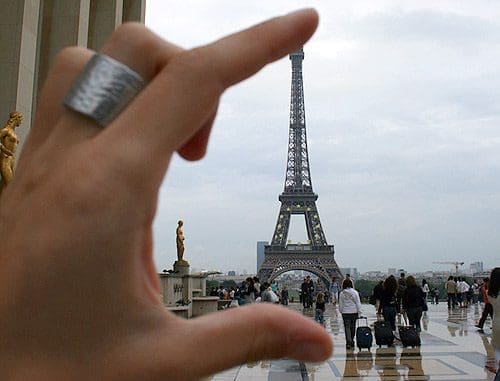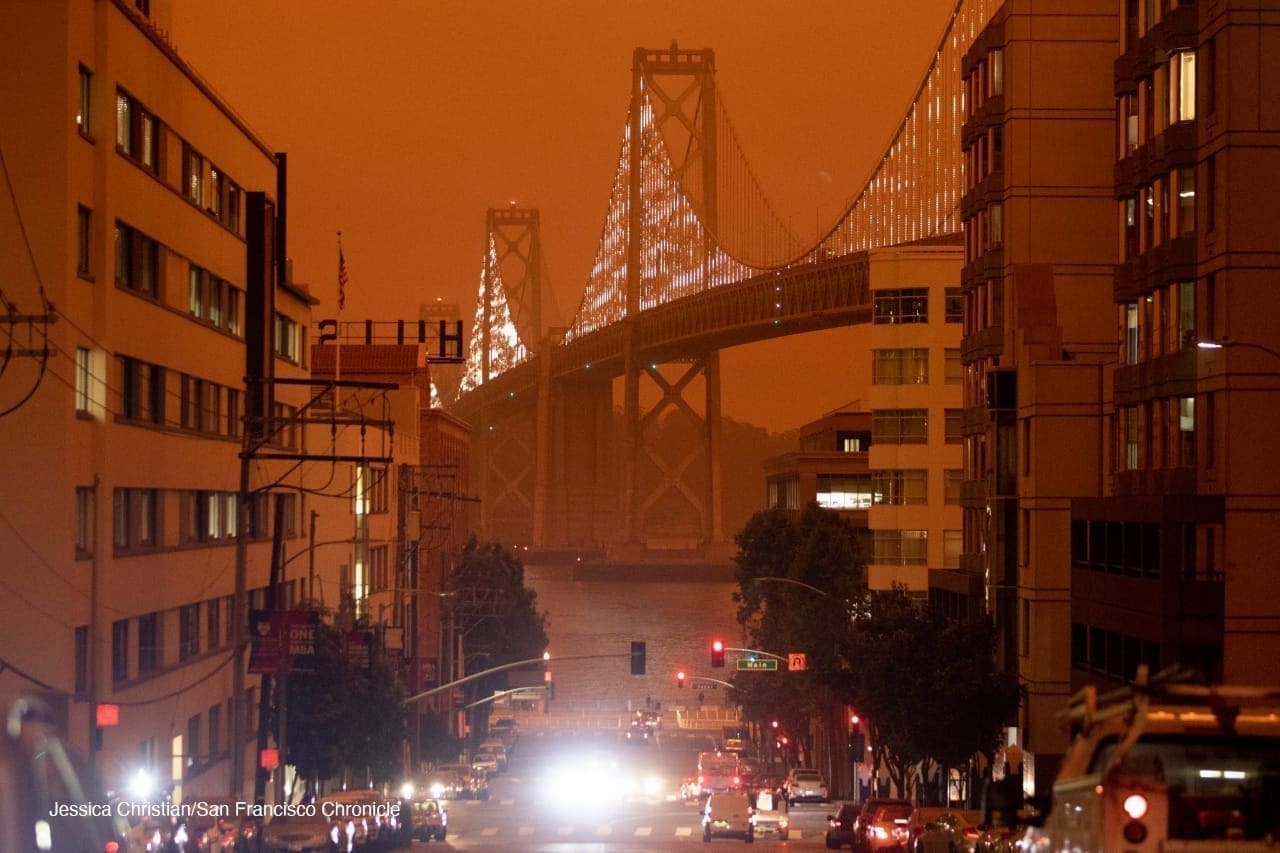
The start of fall in the United States’ West Coast, particularly in California, has found itself confronted with a rain of fire; massive wildfires ravage the state, consuming lakhs of acres of region’s renown lush forest and wildlife. While Southern California has partially found itself a casualty of a “gender reveal party”’s fireworks at one of its parks, the region’s storied history of wildfires is far from direct human error or greater natural distaste- it is part of the far more troubling effect that human-made climate change has begun to assert on the earth directly.
This autumnal season has season drastic rises in temperature- Southern California’s recorded temperatures of 49.4 degrees Celcius have never before been seen in the history of the state. This surge remains the tip of a meteorological iceberg that dwarfs the temperatures of Tunisian or Ethiopian claims to sizzling fame. In mid-August, Death Valley’s temperatures soared to the planet’s hottest ever of 54.4 degrees Celsius. Even the worse gets amplified. The rarest of heat waves that visit the region in the late summer have considerably raised in their magnitude. But it takes fuel to start a fire. The primary factor behind the likeliness of an ecosystem is to catch fire is its dryness. An NOAA analysis found that the Californian August underwent a radical short-term dry and hot pattern, leading to an unusually dry season. In addition to this, Tropical Storm Fausto visited the region. The humidity the tropical demon of nature left behind gave rise to intense lightning uncharacteristic to California rain. This plethora of calamities, from the heatwaves to the dry forests to the lightning, gave birth to a tinderbox of 367 fires that ravage the Golden State today.

These wildfires have not been an overnight disaster-2020 alone saw 2.3 acres of Californian land scorched. Yet in a state with a high cost of living and rapidly decreasing living space, aggressive real estate development continues to fan the flames. With an increasing amount of people moving into the “urban-wildlife interface”; urban development in these already fire-prone areas only makes the wildfire-risk situation worse. The US Forest Service’s approach to “control burns” that attempt to eliminate these incendiary incidents have proven to backfire; the underlying fire-prone biomes remain in forests.
The damage continues to rare its ugly head while presenting an ever-dangerous threat to the West Coast community. Two of these particular infernos have made September 2020 headlines for their unique nature and magnitude- succeeding the massive and ill contained August Complex fires; the Northern Complex fires rage across the state. Its flames have changed the atmosphere of the West Coast itself, with the sky turning to a hellish deep orange, blocking out the sun and covering the ground is ash-fall. As aesthetic as human-made natural calamities may be, it remains that over 247,358 acres of land have been lost, a massive swathe of it home to important and diverse wildlife. If the naturalism does not appeal to the state(and humanity’s greater initiative), the sheer loss of capital remains an immense blow to people across the region- over 1 billion dollars worth of property has been lost to the flames. Thousands of people have been displaced, and the death and injury toll continues to rise. In the year 2020, blood-red skies burn as a beacon, Earth’s white flag to the natural war that has been waged on it.

Be the first to comment